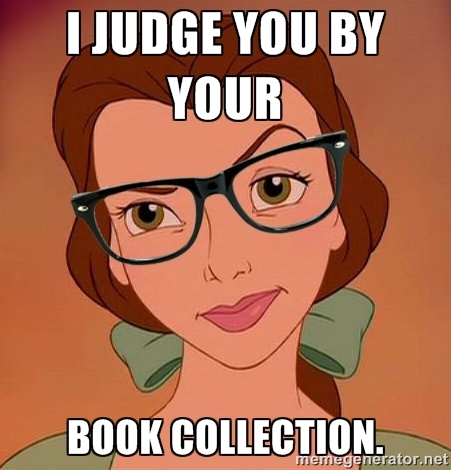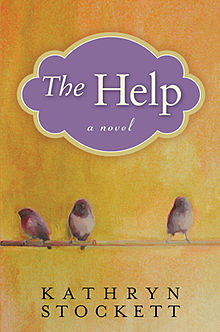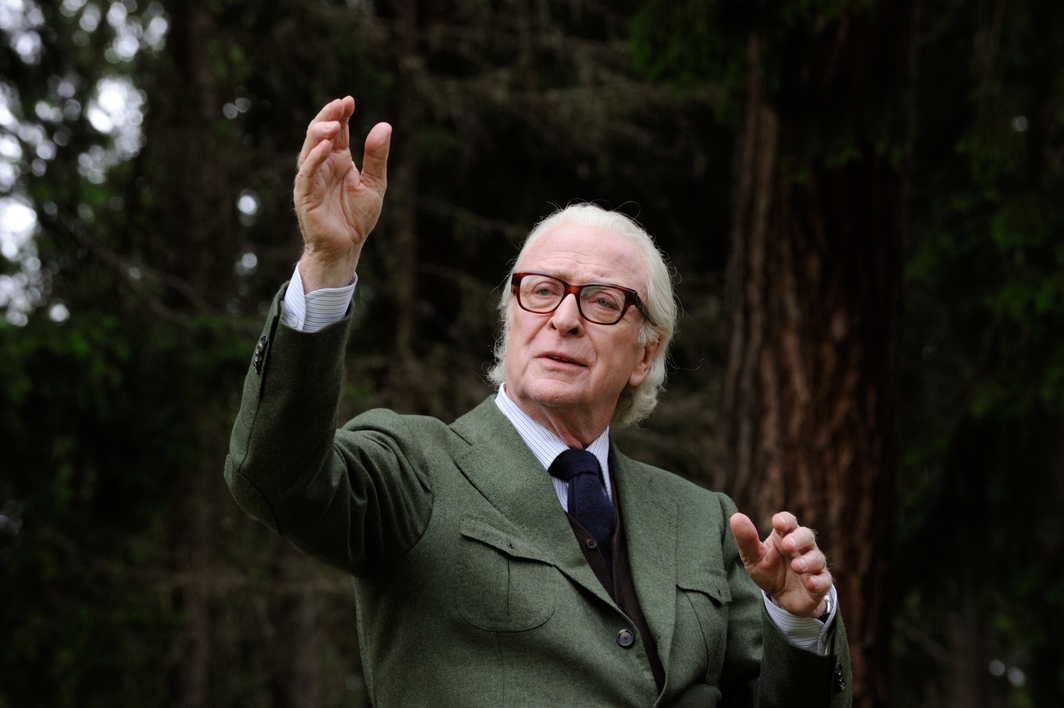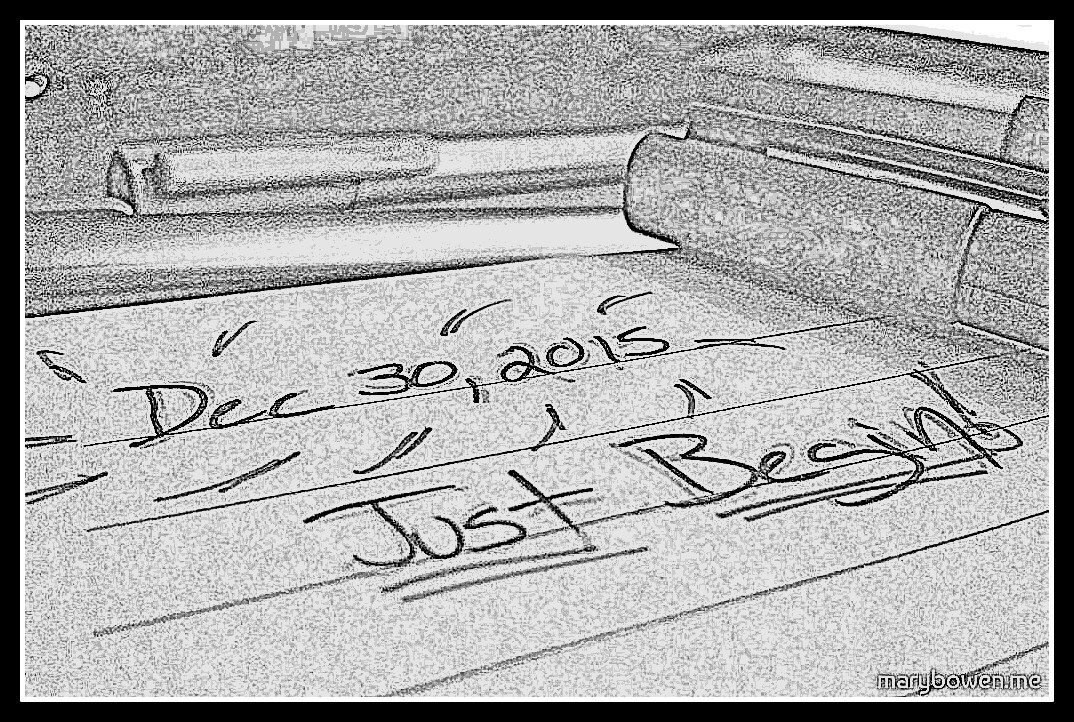
Characterization Observations of a Writing Reader
I’ve been reading a great deal of fiction lately, perhaps because I’ve been feeling it is high time I write more of it after so many years of focusing on blogging and journalistic pieces. Leisure reading for the writer isn’t just fun –it is also instructive. We read to absorb, to learn the writer’s craft. While I don’t suggest looking at something too analytically (we want to enjoy ourselves after all) it is good to keep an eye out for what things are happening in a piece of fiction that ring true to you or that you find are especially effective and enjoyable. Characterization, or the crafting of a character (and the myriad ways a writer goes about crafting a character), is something that’s been uppermost in my mind as I’ve been reading lately. I first became aware of my covert characterization suss-out last week while I was finishing up the bestselling 2009 novel The Help.
Confessions of a Book Snob: Kathryn Stockett’s The Help
 I must admit that this was a book I initially resisted reading because I am a shameless book snob. Specifically, I am snobbish about those books that become such commercial hits they are embraced en masse by those people who are most certainly not readers but like to think they are. There are lots of those people. Especially in Boston. I think you know who I mean –and I think you know which books I mean. I’m talking about the titles you see everyone struggling to read on the subway during the morning commute, their recognizable dust jackets pounding your eyes in tsunami waves. These are the tomes young women who generally read little else but gossip mags and Twitter feeds cart around for a few weeks with the best of intentions. All too soon, these texts are abandoned: first finding sanctuary on the main shelves of the used book cellar then, having multiplied like tribbles, are deported to the dollar bin. A little while back the hot title was The Girl on the Train. Other past literary plums include The Brief, Wondrous Life of Oscar Wao, The Life of Pi, and of course The Help. And while I am sure they are all worthy reads it is their very ubiquity that turns me off them. Call me a lit hipster if you will; I’ll wear the title proudly. But I digress…
I must admit that this was a book I initially resisted reading because I am a shameless book snob. Specifically, I am snobbish about those books that become such commercial hits they are embraced en masse by those people who are most certainly not readers but like to think they are. There are lots of those people. Especially in Boston. I think you know who I mean –and I think you know which books I mean. I’m talking about the titles you see everyone struggling to read on the subway during the morning commute, their recognizable dust jackets pounding your eyes in tsunami waves. These are the tomes young women who generally read little else but gossip mags and Twitter feeds cart around for a few weeks with the best of intentions. All too soon, these texts are abandoned: first finding sanctuary on the main shelves of the used book cellar then, having multiplied like tribbles, are deported to the dollar bin. A little while back the hot title was The Girl on the Train. Other past literary plums include The Brief, Wondrous Life of Oscar Wao, The Life of Pi, and of course The Help. And while I am sure they are all worthy reads it is their very ubiquity that turns me off them. Call me a lit hipster if you will; I’ll wear the title proudly. But I digress…
One day a few weeks back I saw The Help at the library and got a sudden yen to read it, despite its past annoying popularity. The premise is intriguing: a young white woman in the Jim Crowe South secretly collaborates with a group of black maids on a tell-all book about what working in domestic service for white families is really like. I’d seen the film adaptation and thought it was okay in an overly feel-good, faux-progressive Hollywood sorta way (but that Viola Davis and Octavia Spencer were fantastic, far better than the film as a whole in fact) and I was curious to see how the book was different. Specifically, I wanted to see if Stockett, a white woman, had managed to write something deeper than an arrogant celebration of a white liberal savior (I think she did) and if the justified feelings of resentment, anger and mistrust the black characters feel towards the white establishment are explored more candidly in the book than the film (I think they are). That’s not to say the book isn’t free of racial problems; The Help (both book and film) has ruffled feathers as well as garnered praise. I can also concede that readers of color have a legitimate beef with any white writer attempting to narrate black experience (thought provoking piece on that here), but I still maintain Stockett pulled off something very difficult for a white writer: she crafted two characters of color that never get conflated in the reader’s mind.
Shared Circumstances, Separate Spirits
About 3/4 in I found myself contemplating how distinct from each other the two black maids who co-narrate the book (along with a white character) are and that’s rather impressive. I don’t think I could pull it off if I tried to write characters that were so culturally different from me, even with people in real life to base them on as Stockett had. The two women share highly specific life circumstances, ethnicity/cluture, and a dialect yet at no time did I say, “Wait, is this Abilene talking or is this Minny?” The third narrator Skeeter, a white woman of a higher socio-economic class who speaks with a different dialect (Yes, Stockett does indeed write the white characters in US Southern dialect as well. It is just different and perhaps less perceptible.) easily contrasts with both but that’s the point: it’s no big whoop for Stockett to build a strong contrast between a character she can relate to well (the white, middle class Skeeter) and someone very different from her. In other words, she could have gotten lucky writing one good, complex, believable maid character –but two who are so distinct from one another? Nah! So if you’re looking for an example of strong multi-narrator characterization, that dodges a very real risk of conflation, then take a look at Abilene and Minny from The Help.
Tools of Characterization: Description & Dialogue
I would have to re-read the book to pinpoint exactly what technical devices helped achieve this but off the top of my head I’d say Stockett’s use of descriptive detail in regards to the women’s physicality, mannerisms, dress, etc. and dialogue choices are key. Note I said dialogue –not dialect. She assigns the characters a dialect but does not fall in the trap of letting that choice “cookie cutter” their speech. The women each have their own particular vocabularies and vocal rhythms which allow their personality to come through despite the grammatical and syntactical status quo dictated by the author.
Anyway, that’s just my quick take… what are some books that you think have effective characterization? What do you struggle with the most when building a character? I’d love to know in the comments.






3 Comments
Terri Furr Pressley
Wonderful article Mary. I had no idea that you wrote so prolifically! (I suppose one never really knows what ones facebook ‘friends’ do for a living, now do you?) You should read ‘Girl on the Train’. I quite enjoyed it from the very first page until the end.
Mary
Thank you for taking the time to read & comment, Terri! And I will keep your recommendation in mind. Right now I can’t get enough of Fay Weldon’s short stories… I may have to blog about them! 🙂
Terri Furr Pressley
I hope you do, Mary, I look forward to reading it!